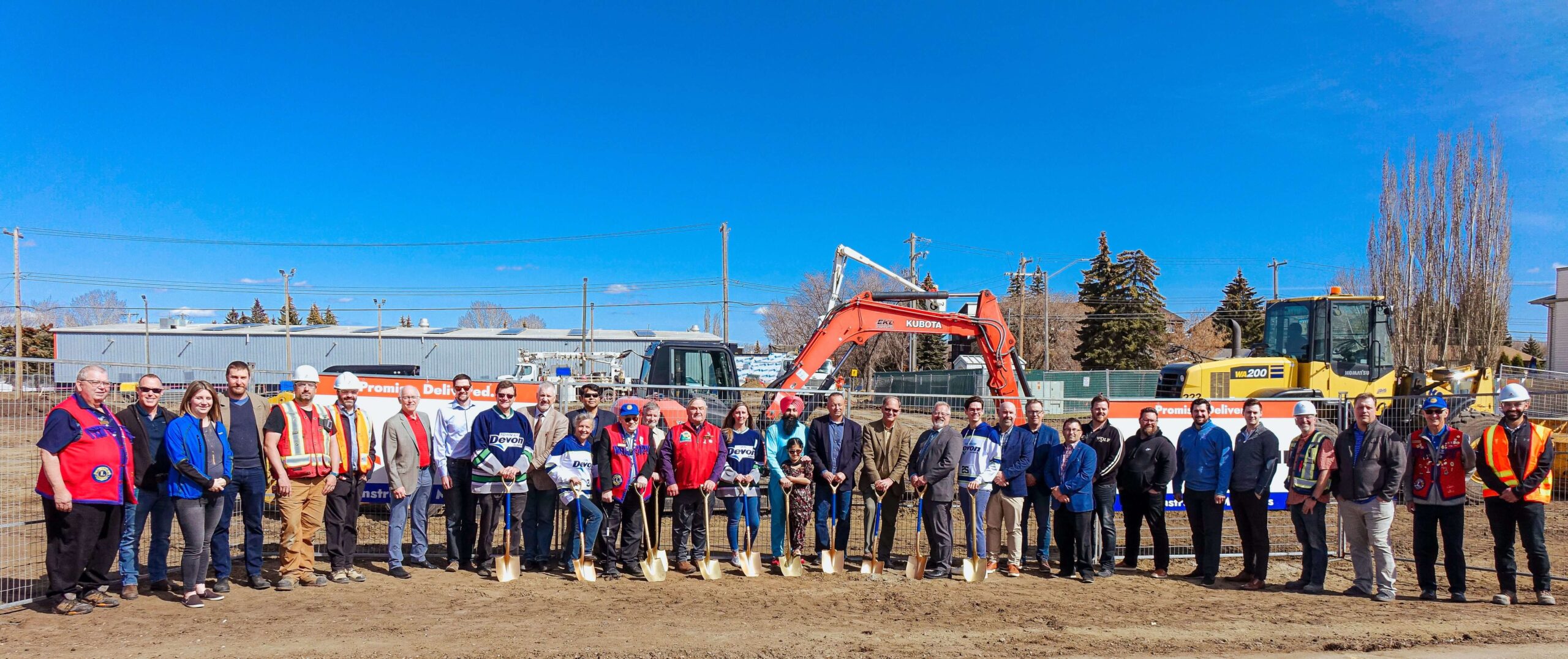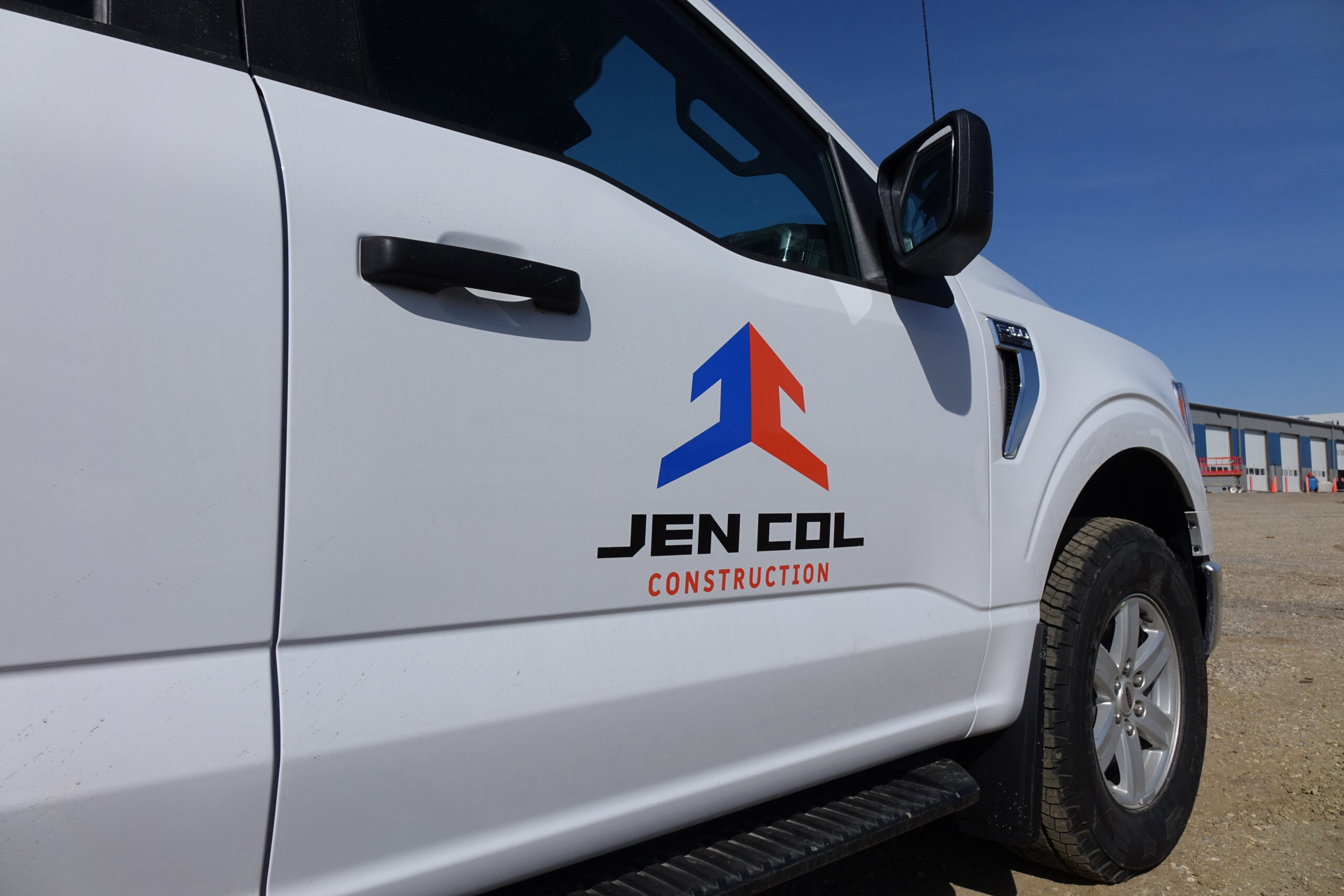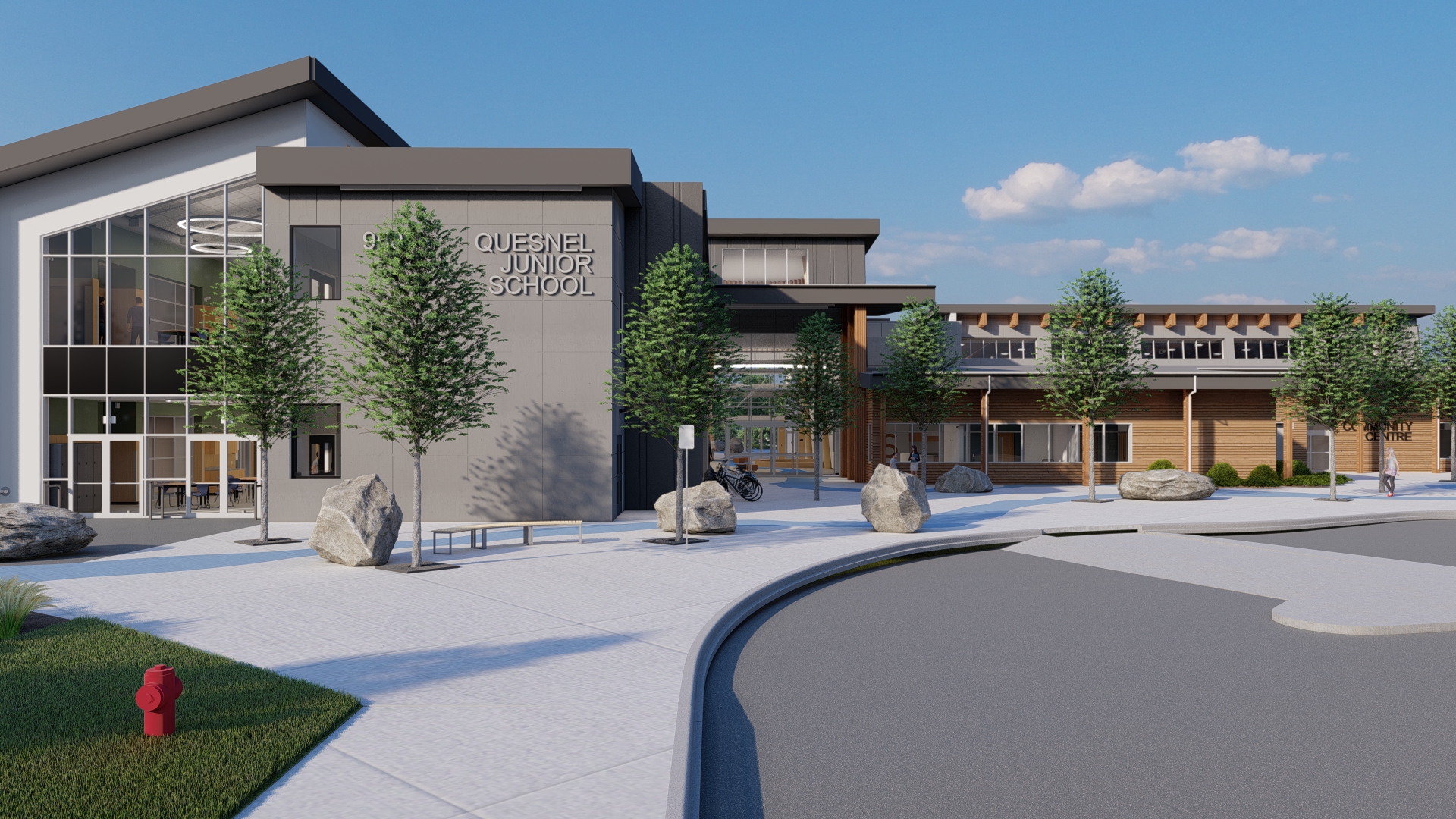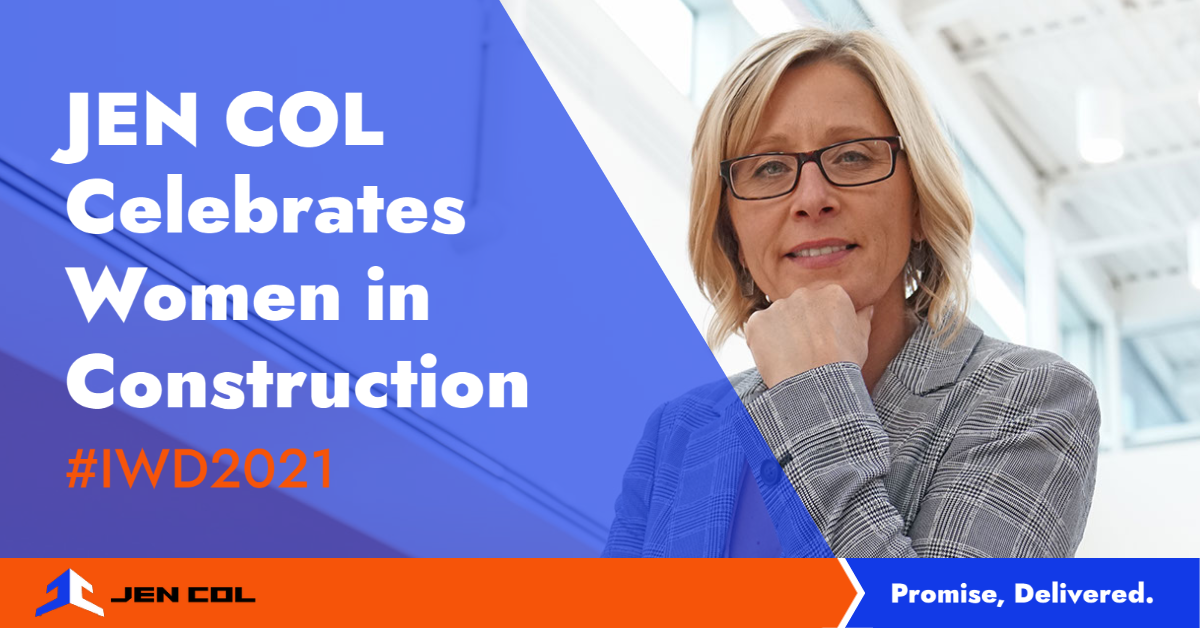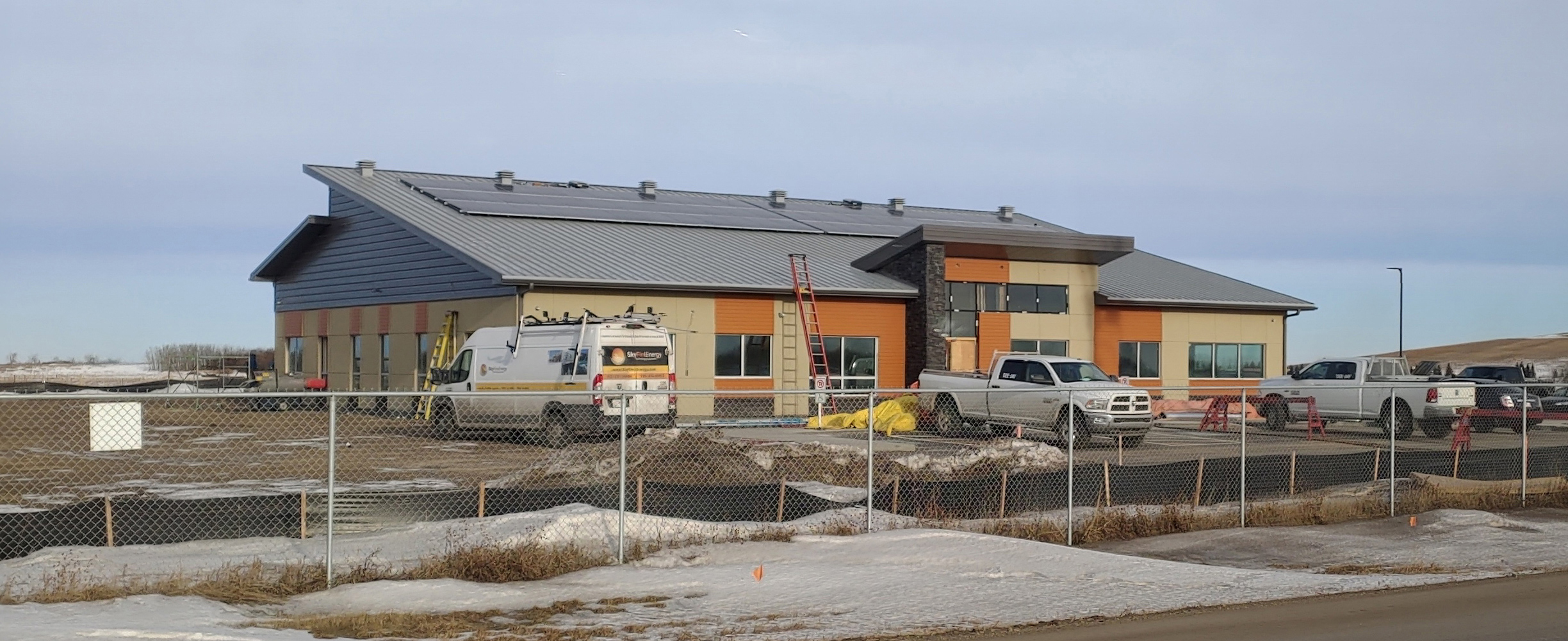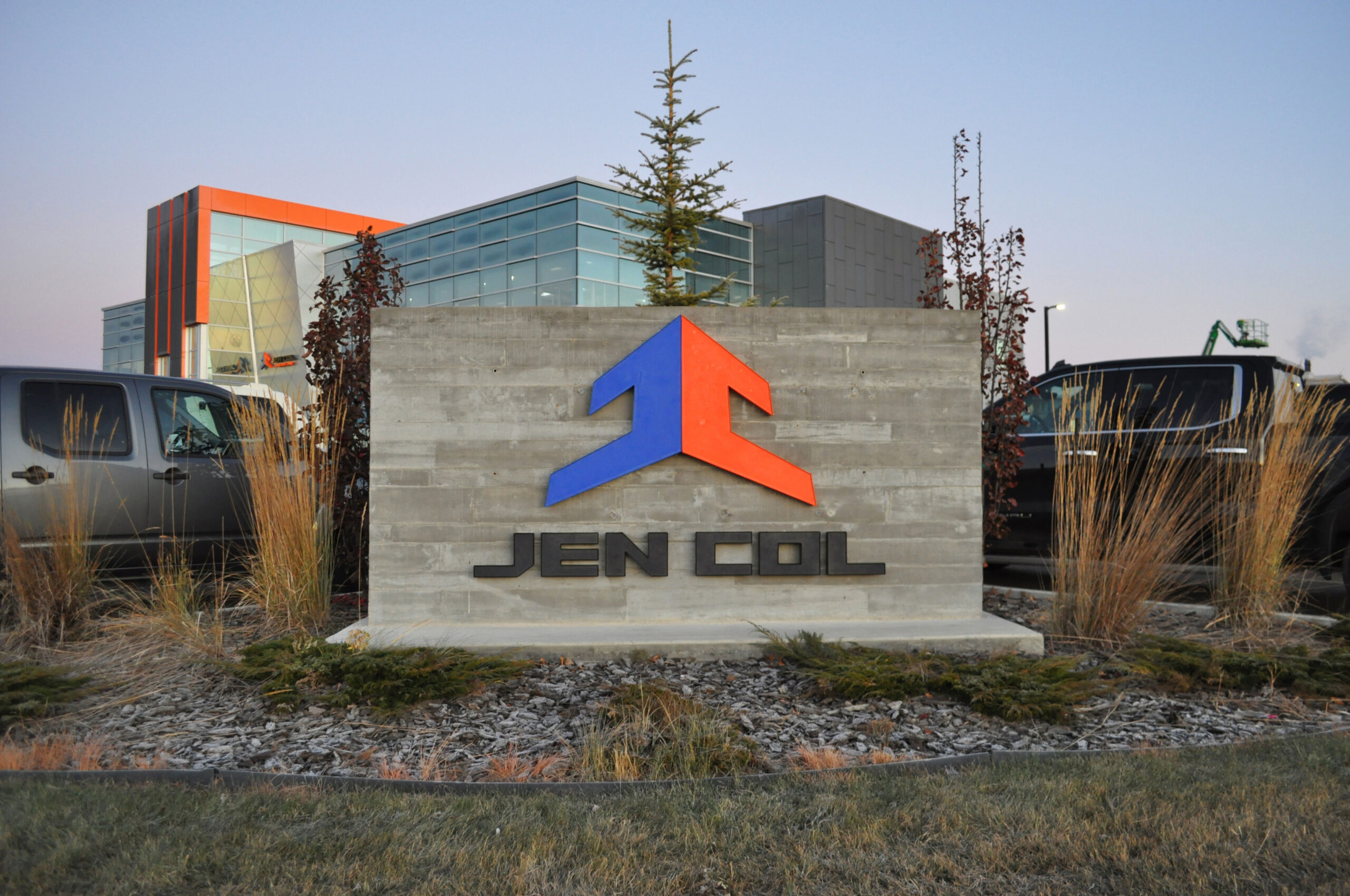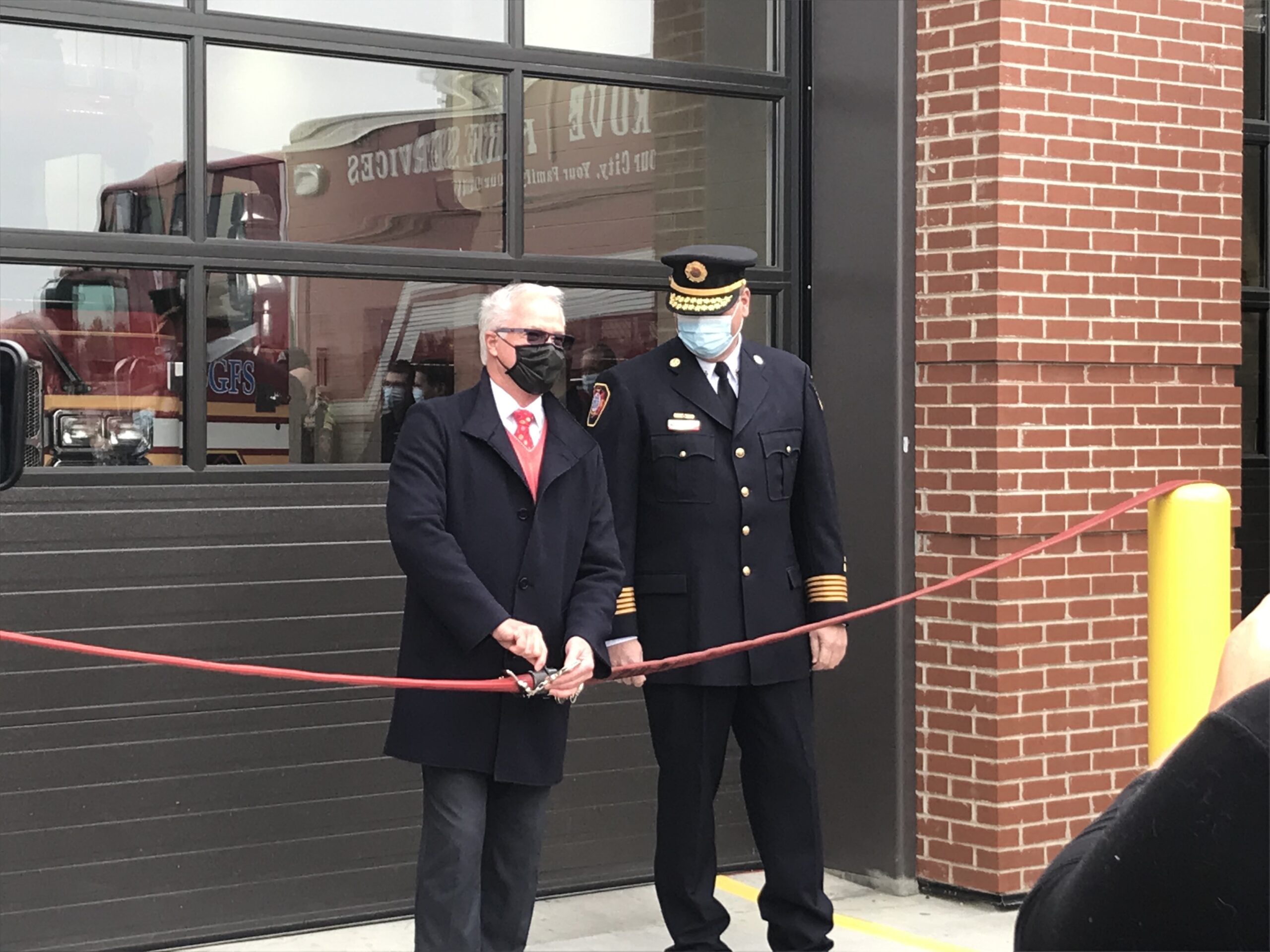
Written by Keith Golinsky, Chief Business Development Officer, JEN COL Construction
A common question we get—and not just from clients who are new to construction—is, “What happens during preconstruction and why is it so important?”
First, what is preconstruction? Simply put, preconstruction is all the planning and tasks that need to be done before you even get a building permit and certainly prior to starting construction. From the moment a project begins to the time a shovel is put in the ground, this is the preconstruction phase. It’s the phase of a project where the most impact on greater final value for a client is achieved. During preconstruction (sometimes called the design phase), the entire scope and schedule of the project is set out, construction issues and solutions are identified and your construction manager can provide guidance and value recommendations on design and budget before construction begins. Sometimes, depending on the project and the client’s needs, preconstruction can also include help with site selection, engineering and even help securing financing for the project. An important note here is that a proper preconstruction phase involves all parties – Owner, Architect, Consultants and Construction Manager – collaborating, sharing information and making decisions as early as possible in the construction process to avoid issues and additional costs later on. This sharing of information includes full transparency related to all project budgeting and costing.
So why is preconstruction so important? Well, just as breakfast is considered the most important meal of the day because it leads to overall good health, preconstruction is perhaps the most important phase in the construction process because proper preconstruction planning inevitably leads to a great construction experience and increased value benefits to the project. Not only does preconstruction give the team a clear strategy and plan to follow throughout the project, but it also allows the Construction Manager to get an in-depth understanding of the project which ultimately leads to better alignment with the client’s vision. This is the time when there is the greatest opportunity to positively impact the cost, quality schedule and overall value of a construction project.
The preconstruction phase can also help determine if a project is viable, as the client will have all the information needed—cost, scope and schedule—to make a knowledgeable decision about whether to move forward with the project. If the project is not feasible because of cost or other reasons, the client can put the brakes on before any construction activity begins. However, if the project is considered feasible, the client can go into the project with a full understanding of the different risks involved and can reduce their impact by preparing for them—there may also be potential cost savings uncovered that may not have been known prior to preconstruction.
What happens during preconstruction?
Although each preconstruction plan is tailored to a client’s and a project’s specific needs, there are some typical stages and outputs you can expect.
- Project Understanding. The first step in the preconstruction process is for the construction manager to gain an understanding of the client’s vision for the project. This typically happens in an initial meeting where the client’s goals and objectives are clearly laid out.
- Project Definition. An overall outline of the project is defined which includes an analysis of the site and producing a digital schematic of the design or a review of the architectural designs if the client has already engaged an architect. This is the stage when any issues with design, placement and location will typically arise and alternatives can be discussed.
- Project Scope. The scope of a construction assignment is essentially a detailed description of all the work to be performed during the project from start to finish, including the types of workers, equipment and materials needed for each phase to complete the project. The scope gives the entire team an understanding of timelines, site plans and design specifications so they are intimately familiar with the project.
- Project Risk. The project risk plan is a key output of preconstruction where project risks are identified, planned, costed and mitigated. It is critical for the team to be in alignment on each risk along with its potential impact and severity. All perceived risks big or small are identified here and tracked.
- Project Budget. The budget is a vital component of realizing the plans, designs and timelines of the Project Scope. A key part of the preconstruction process is doing a cost analysis to determine if a project can be completed according to the initial budget the client had in mind. The construction manager will create a project cost plan through a process of cost estimating and value engineering to identify savings opportunities, develop a realistic budget and improve the overall value of the project. Careful evaluation during the preconstruction phase can help avoid a common pitfall of going over budget or losing critical building components through cost ‘cutting’ after the fact when a client finds out their project is over budget.
- Project Schedule. The preliminary schedule serves as a guideline highlighting the start and finish dates of certain milestones of the project right from the start of design to completion of construction. It provides an estimate of the number of days to complete each different task within the project and a rough idea of when the project will be complete based on a certain start date with fine-tuning as final project decisions are made.
Benefits of Preconstruction
With the scope, budget and schedule in hand, preconstruction helps remove many of the unknown variables for the client providing a clear roadmap of what the project will look like and how it will be built. But perhaps the biggest benefit of a properly conducted preconstruction phase is the collaboration that occurs between key project stakeholders – Owner, Architect, Consultants and Construction Manager – which will truly lay the foundation for the construction project’s success and a building with more added value than originally expected by the client.
If you need help achieving your vision, we can help. Get in touch with us today.
About the Author
 | Keith Golinsky has 24 years of experience in the management, design and construction of projects across multiple sectors. After spending the first nine years of his career in the architectural industry, he moved over to the construction industry, first as a Project Manager and eventually a Project Director working on projects for private sector, municipal and institutional clients. Keith is currently the Chief Business Development Officer for JEN COL Construction where he oversees the Business Development, Marketing and Estimating teams while supporting the operations group with project preconstruction. |









